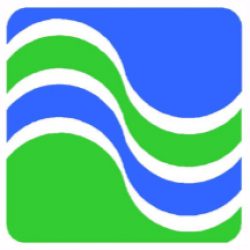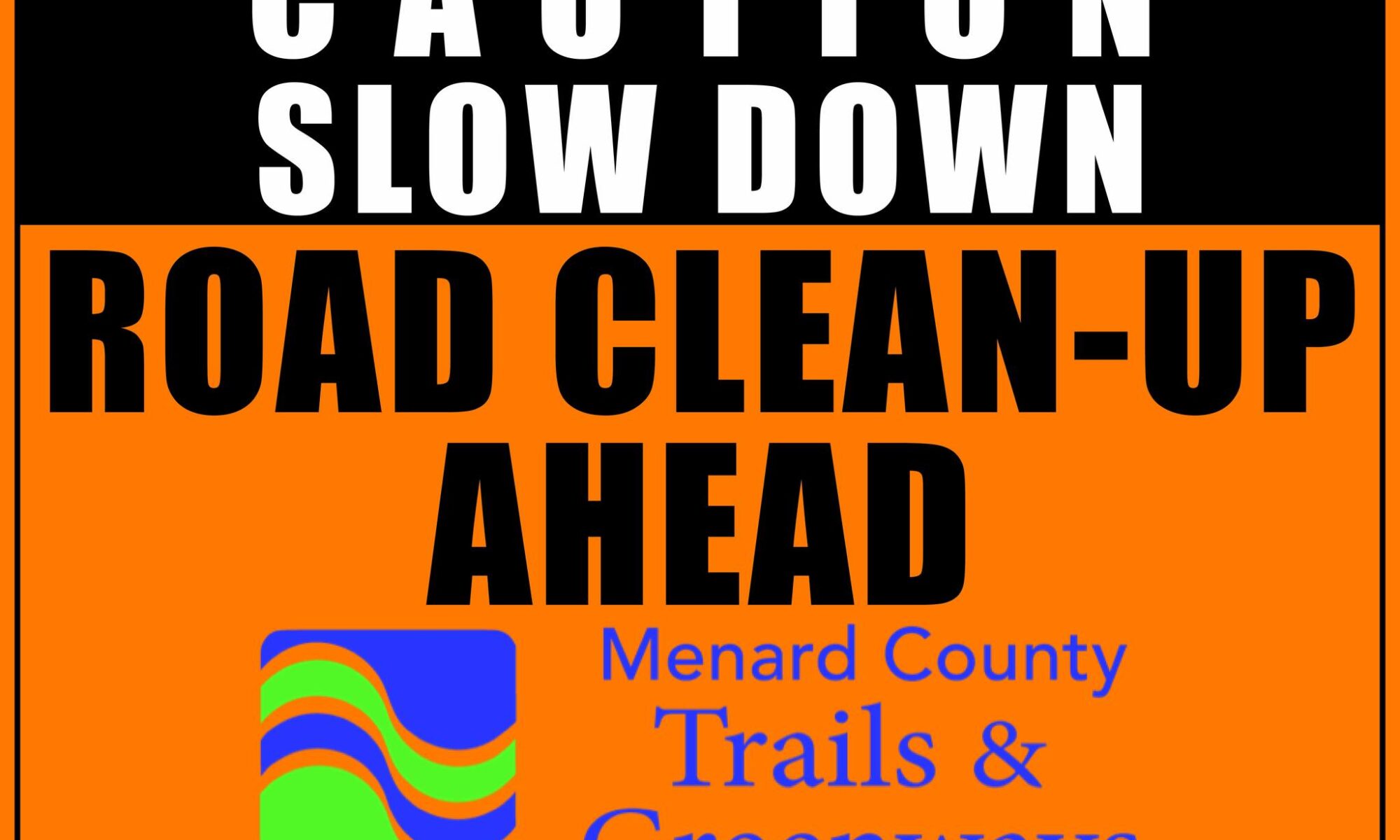Adopt-a-Highway Cleanup
Battling Invasive Plant Species: why it’s important and what you can do!
-
- Are you concerned with honeysuckle and other invasive plant species that have invaded the understory of your woodland or your yard?
- Would you like to know more about invasive species control?
- Have you noticed a group of volunteers clearing honeysuckle on Cardinal Ridge at New Salem and wondered what’s going on?
If you answered yes to any of the above, then please plan now to attend a special presentation by experts on invasive species and forest management on February 22 at 7:00 PM at Broadgauge, 110 North 7th Street in Petersburg.
Chris Evans, Illinois Extension Forester, co-chair of the terrestrial plants committee of the Illinois Invasive Species Council and Secretary of the Midwest Invasive Plant Network, specializes in forest health, invasive species, and restoration/management practices for hardwood forests. Chris will provide an overview of invasive species, describe how they threaten native species and natural ecosystems, review several common invasive species found in Illinois, and discuss what landowners and the public can do to help out.
Ray Geroff, Illinois Department of Natural Resources Heritage Biologist serving west-central and western Illinois counties, specializes in natural area management, endangered and threatened species monitoring and management, prescribed burning and invertebrate conservation. Ray will provide information about the New Salem Habitat Restoration Project implementation and associated management techniques (mechanical, chemical, and prescribed fire) and how each is needed to accomplish the project’s overall goals. He will also provide information on other related conservation initiatives and partnerships in the area.
A variety of non-native invasive plants—bush honeysuckle, garlic mustard, and multiflora rose, for example—have significant environmental and economic consequences. Invasive species are harming the native plants and animals we care about conserving, making forests and prairies less diverse and threatening wildlife. Climate change also creates opportunities for invasive species to seek new habitats.
A dense stand of honeysuckle limits sunlight from reaching a forest floor, stunting the growth of native species, including tree regeneration. Over time, plant community loss affects other wildlife, including birds and mammals. In brief, left unchecked, invasive species will profoundly change native ecosystems.
Everyone is welcome to attend this free presentation taking place in the stunning Broadgauge ballroom. Please support Broadgauge by purchasing a beverage at the bar beforehand to carry upstairs. Or even better–come early for supper! (Reservations recommended)
Sip n’ Sow Workshop
Join some adult-only fun at the Sip n’ Sow Workshop! Sip a glass of wine and sow some native flower seeds for your summer garden. Native plants attract pollinators and serve as butterfly host plants, including many species growing on the square in Petersburg.
See details HERE.
Winter Seed Sowing
Winter seed sowing is a great way to grow most native plants! The seeds of many native species require cold, moist stratification to germinate. This occurs naturally when a seed falls on the soil and goes through an average Illinois winter.
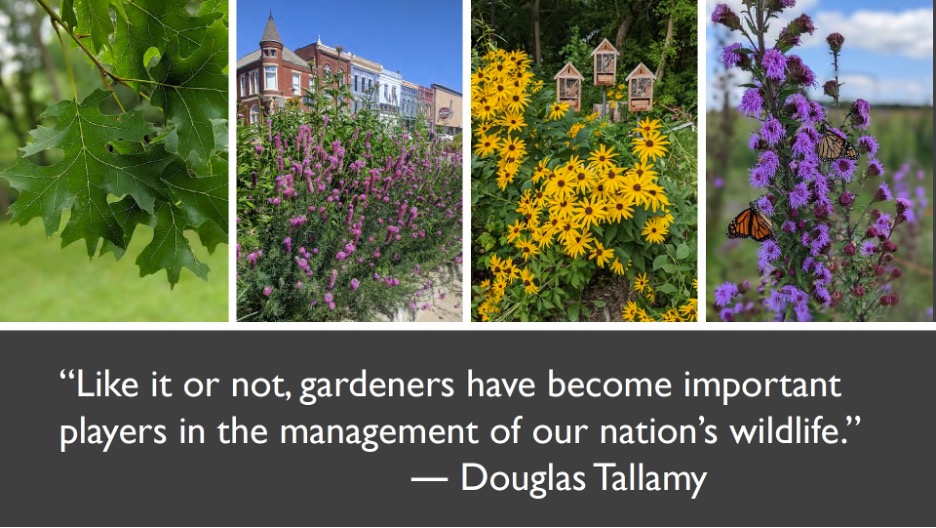
These conditions can be mimicked in the refrigerator with a moist paper towel or a spoonful of sand, planting the seeds after meeting the required time for stratification of a particular species.
Winter sowing is an even simpler option—great for gardeners of all levels of experience. Planting in a milk jug or other recycled container gives seedlings a head start, as the containers create a mini-greenhouse to trap heat, speeding up germination and protecting seedlings during spring cold snaps, and lets nature work its magic! Continue reading “Winter Seed Sowing”
Pollinator Plants for Your Garden — Part 4
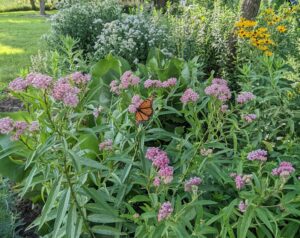
This post wraps up our 4 part blog series describing 12 easy-to-grow plants for attracting pollinators (butterflies, bees, etc) to your garden. View earlier blog posts here.
The final three plants described in the post are swamp milkweed, sneezeweed and aromatic aster. All 12 species discussed in the series are available for free (while supplies last!) a locations around Petersburg–see December 12th blog for details. Continue reading “Pollinator Plants for Your Garden — Part 4”
Pollinator Plants for Your Garden — Part 3

This is Part 3 of a 4 part blog series describing 12 easy-to-grow plants for attracting pollinators (butterflies, bees, etc) to your garden. If you missed Parts 1 and 2, you can read Part 1 here; read Part 2 here. The 12 species discussed in the series are all available for free (while supplies last!) a locations around Petersburg–see December 12th blog, Create Your Own Pollinator Habitat at Home, for details. Continue reading “Pollinator Plants for Your Garden — Part 3”
Pollinator Plants for Your Garden – Part 2
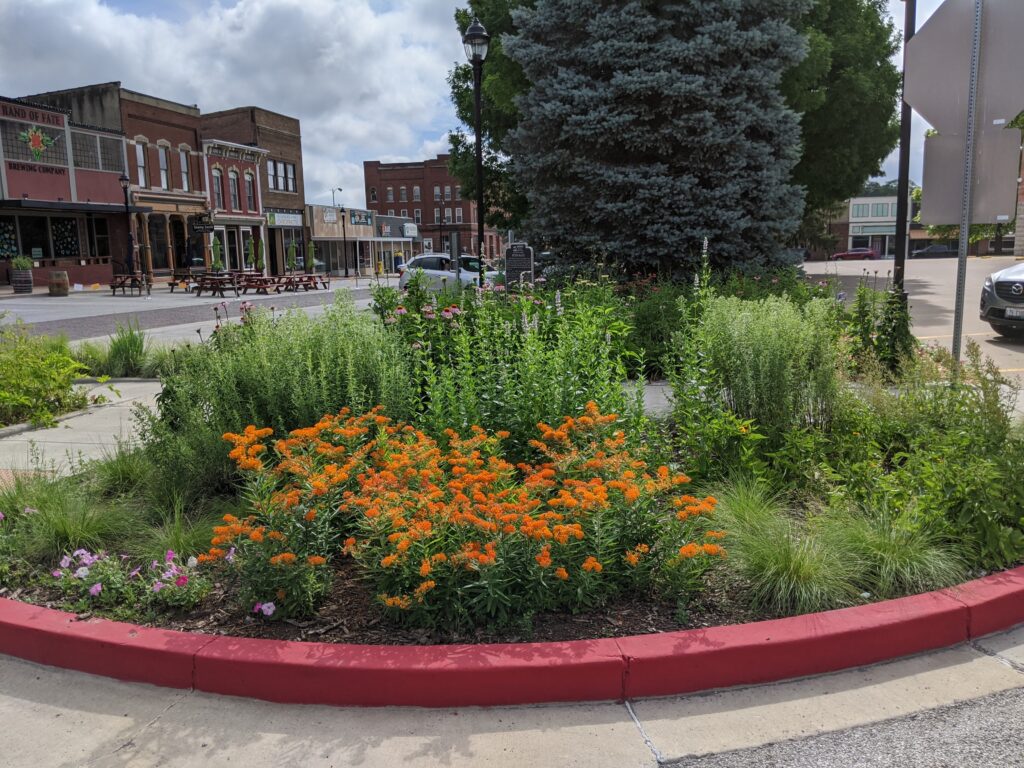
This is Part 2 of a 4 part blog series describing 12 easy-to-grow plants for attracting pollinators (butterflies, bees, etc) to your garden. If you missed Part 1 last week, you can read it here. The 12 species discussed in the series are all available for free (while supplies last!)–see December 12th blog, Create Your Own Pollinator Habitat at Home, for details. Continue reading “Pollinator Plants for Your Garden – Part 2”
Pollinator Plants for your Garden – Part 1
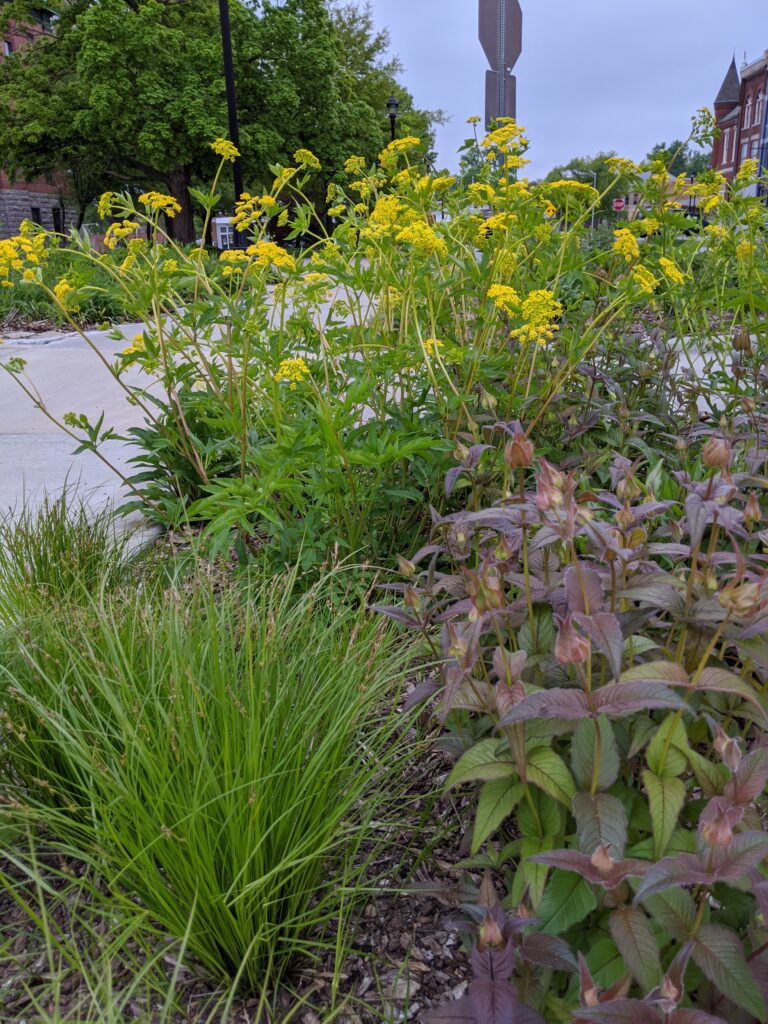
This is the first of a 4 part blog series describing 12 easy-to-grow plants for attracting pollinators (butterflies, bees, etc) to your garden. In addition, most of the species provide birds with seed in the winter–so don’t cut back plants until late spring!! The 12 species are all available for free (while supplies last!)–see December 12th blog, Create Your Own Pollinator Habitat at Home, for details.
Each Thursday through January 5th we’ll feature 3 of the 12 plants with detailed descriptions of the plants as well as specific sowing instructions. Note however, for those that say to direct sow in spring, you may actually direct sow them in late fall/winter. In nature the seeds would go through winter and just come up when they’re ready. If you’re late fall/winter sowing a bunch of plants, it’s kind of convenient to just do them all the same way! Continue reading “Pollinator Plants for your Garden – Part 1”
Create Your Own Pollinator Habitat at Home
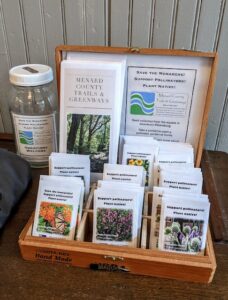 Wanting to add more pollinator habitat at home? Look no further: native plant seed packets will be available in Petersburg this week! You can find displays at the Petersburg Public Library, 1st and 3rd Boutique, the Talisman, and the Crazy Daisy Gift Shop. This year we are offering a dozen colorful species collected primarily from the plantings on Petersburg’s square. The packets are free, but we welcome donations that support Menard County Trails & Greenways. The displays will be restocked until we run out!
Wanting to add more pollinator habitat at home? Look no further: native plant seed packets will be available in Petersburg this week! You can find displays at the Petersburg Public Library, 1st and 3rd Boutique, the Talisman, and the Crazy Daisy Gift Shop. This year we are offering a dozen colorful species collected primarily from the plantings on Petersburg’s square. The packets are free, but we welcome donations that support Menard County Trails & Greenways. The displays will be restocked until we run out!
Wondering how to choose? Follow along as we highlight these 12 species in upcoming posts!
Wondering how to plant them? Follow the detailed planting instructions on the back of each packet. Plus, a future blog post will focus on sowing native seeds. Feel free to ask questions here or join us at the winter sowing workshop–registration required–only 4 spots left!
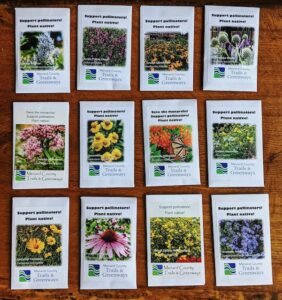 Here are the species available this year:
Here are the species available this year:
- Amsonia tabernaemontana, Blue star
- Asclepias incarnata, Swamp Milkweed
- Asclepias tuberosa, Butterfly weed
- Baptisia tinctoria, Small yellow wild indigo
- Coreopsis lanceolata, Lanceleaf Coreopsis
- Dalea purpurea, Purple Prairie Clover
- Echinacea purpurea, Purple Coneflower
- Eryngium yuccifolium, Rattlesnake Master
- Helenium autumnale, Sneezeweed
- Rudbeckia fulgida, Gold coneflower
- Symphyotrichum oblongifolium, Aromatic Aster
- Zizia aurea, Golden Alexanders
This is made possible in partnership with Starhill Forest Arboretum and Rudin Printing.
